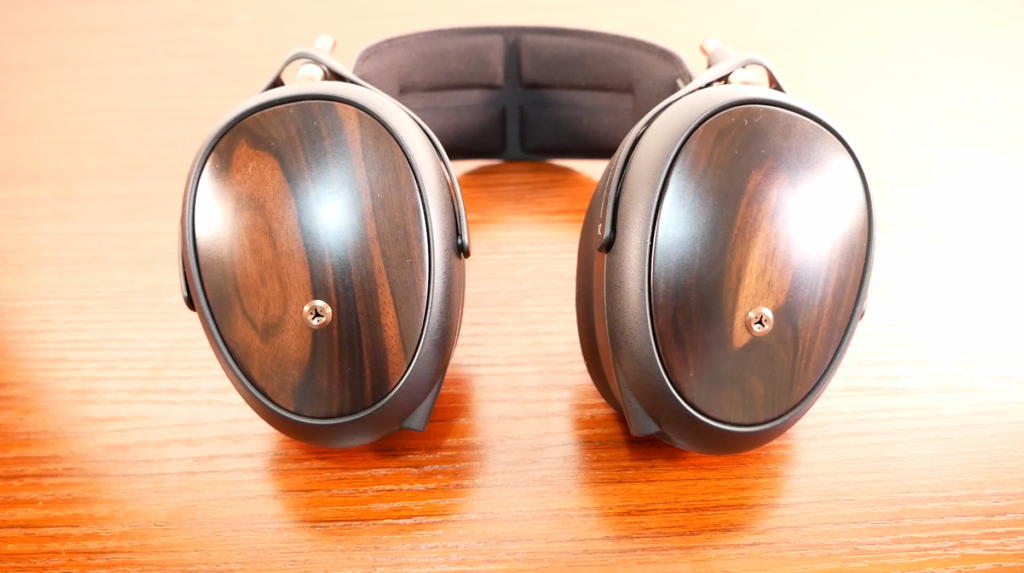Meze, now a formidable contender in the headphone space, is constantly iterating. Founded in 2011, the audio company has consistently put out new products and improved on existing ones. This can be seen with their innovative new releases like the 109 Pro as well as iterative releases like the Empyrean II. Now, Meze is back with another new generation headphone: the Liric II. When the Liric was released, we were impressed by its performance as a closed back and its value. Today, we’ll see if they were able to make a great thing even better. So let’s get into it!
What’s In the Box:
- Case: Hard EVA pouch with velvet lining
- 1.3m braided Furukawa PCUHD copper cable with 4.4 mm jack
- 3m soft TPE cable with 3. 5mm jack
- 6.3 mm jack adapter
- Airplane jack adapter
- Cable pouch
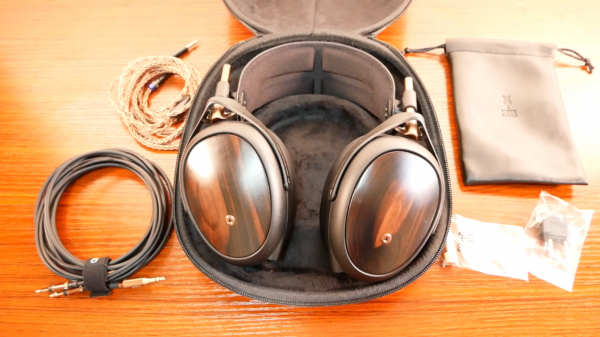
Style and Fit:
The Liric II is a sight for sore eyes. Meze is known for their elegant and flashy design language and we get more of that here. Finished with leather ear pads and a fabric cushion on the headband, metallic yokes holding the ear cups in place, and the fine Macassar ebony wood on those ear cups, the Liric II is about as luxurious as they come.
Putting these on my head, well, they feel exactly like how a $2,000 headphone should feel. It’s comfortable, yes, but it also feels like wearing great clothing or fine jewelry. To put it another way, if you look good, you feel good. Isolation is really strong without there being too much clamping force, and I felt no fatigue wearing the Liric II for long periods of listening.
Long story short, this is a luxurious and comfortable headphone. For the asking price, Meze definitely delivers in this department.
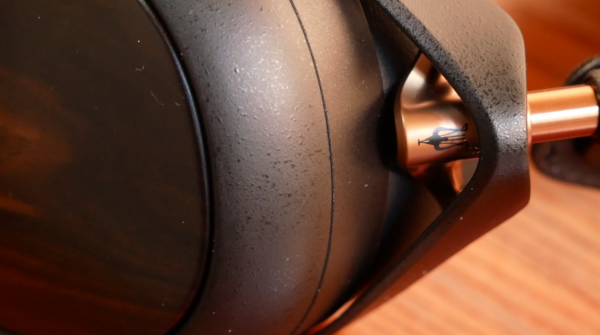
Design & Tech
There is a lot of cool tech lying beneath the elegant surface of the Liric II. Under the wood ear cups lives the MZ4 planar-magnetic driver found in the original Liric. However, it’s been re-tuned to offer a similar sound profile to that of Meze’s Empyrian II and Elite headphones. We’ll get to how that affects the tonality of the headphone later on when we get to sound impressions.
The most notable tech change Meze made to achieve a warmer sound than the previous generation is the use of their new Quarter Wavelength Resonator Mask or QWRM. The QWRM works by covering up select portions of the driver to help reduce harsh frequencies. Meze specifically cites frequencies at 7kHz and above as targets for the QWRM.
All in all, it’s nice to see Meze refining their already state of the art driver technology to further improve sound. The QWRM system offers a new take on their impressive MZ4 driver and looks to give the Liric II a technological and sonic identify of its own.
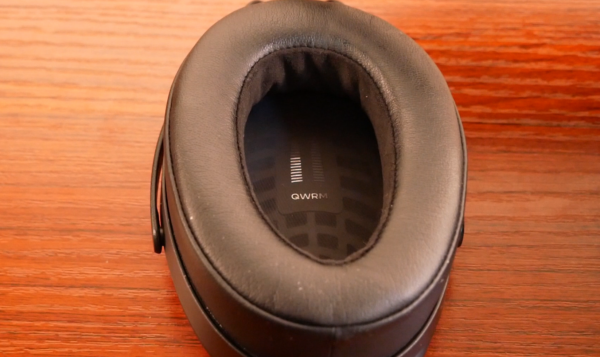
Soundstage
The first thing I noticed when I put on the Liric II and hit play on Mdou Moctar’s new single, “Funeral for Justice,” was just how impressive the soundstage was on this headphone. The lateral space presentation here is simply stellar. Listening to Led Zeppelin’s “Over the Hills and Far Away” was where I really noticed the wonderful imaging and soundstaging capabilities. The track opens with guitar strumming that feels a little spaced out, but still relatively close. Then as the track continues, more layers of guitar are added, but this time even further out. This presentation of space adds a layer of separation and presentation of detail that is immersive and engrossing.
Creating a soundstage like this on a closed back headphone can sometimes cause a feeling of compression – like the sound is artificially wide with the air of the track seeming like it has nowhere to go. Whereas on open back headphones, the air escapes through the vents and allows for a more robust and natural soundstage. Somehow, the Liric II manages to create this sense of space without compromising the dynamics of the music, creating the sensation of an open headphone with the noise isolating features of a closed back headphone. If you need that best-of-both-worlds presentation, this headphone should definitely be on your list to try.
Low End
As I mentioned earlier, closed back headphones can cause the sound of the headphones to feel a little compressed. In my experience, this usually affects the bass response the most. But that couldn’t be further from the case on the Liric II. Bass is punchy and detailed without feeling too bombastic or artificial. I would say that there is a little bit of a low end shelf that creates a tinge of warmth, but I didn’t find it to sound unnatural or bloated in any way.
Moving up to the lower mids is where this headphone really shines. Like I mentioned with the low end shelf, there’s an elevation of the bass response that transitions into a dip back down to the mids. That dip is located perfectly for the midbass to offer great clarity on bass guitar and lower tones in the music. A nice example of the bass response of this headphone is Sampha’s “Can’t Go Back,” which offers a nice punch down low, and a great transitional space between the mid bass and the midrange of the headphone. Again, this adds to the warmth and natural feeling of this headphone.
Mid Range:
After that low end shelf, the Liric II takes on the signature of a more reference tuning. Vocals sound natural, but relative to that bass shelf, they feel a little further back in the track. On songs like Maggie Rogers’ “Don’t Forget Me,” the vocal was present but relaxed. That said, the midrange is still very detailed. Drum hits on Fleetwood Mac’s “The Chain” had great separation and dynamics. That said, if you’re a fan of mid-forward headphones, this may not be the first place to start. But if you like a natural and fatigue-free sounding midrange, the Liric II is a stellar option.
Top End:
The treble region of this headphone is where we get the most demonstrable effect of the QWRM system. Meze outright names the area at and above 7kHz as an ares they wanted to tame on this headphone, and I think they do. And with that change, the Liric II generally has a sparkly, but relaxing top end. Now, I know what you’re thinking: how can a headphone be sparkly and relaxing at the same time?
Well, while I did find the Liric II to be somewhat veiled at times, I still felt a good attack and airiness to the treble frequencies that were left. This gave the feeling of a crisp upper range that never felt fatiguing or too sharp. The guitar on Fleetwood Mac’s “Never Going Back Again” was sparkly without having any rough edges. Hi-hat on CHVRCHES’ “Clearest Blue” was never distracting or out of place. The treble felt just right through and through.
That said, I’m biased towards a warmer sounding headphone, and people looking for a bright headphone with a top end that really extends may want to look elsewhere. For me, however, the Liric II is a sonic treat.
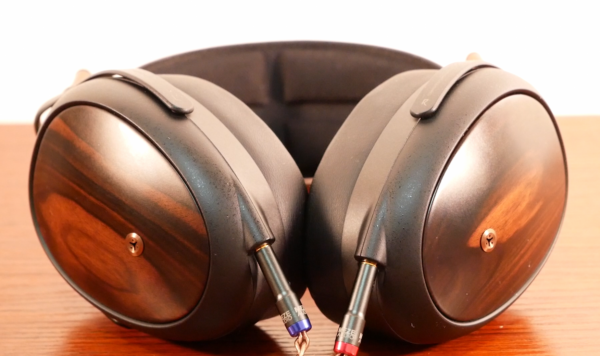
Summary
There’s a lot of positive things to say about the Meze Liric II. The elevated low end, reference level midrange, and tightly tailored top end make for a relaxing and refined listen. The headphone may not be for everybody, but anyone who’s a fan of this type of sound signature should be on notice that this is a great set of headphones.
The Meze Liric II is available at Audio46.com.

